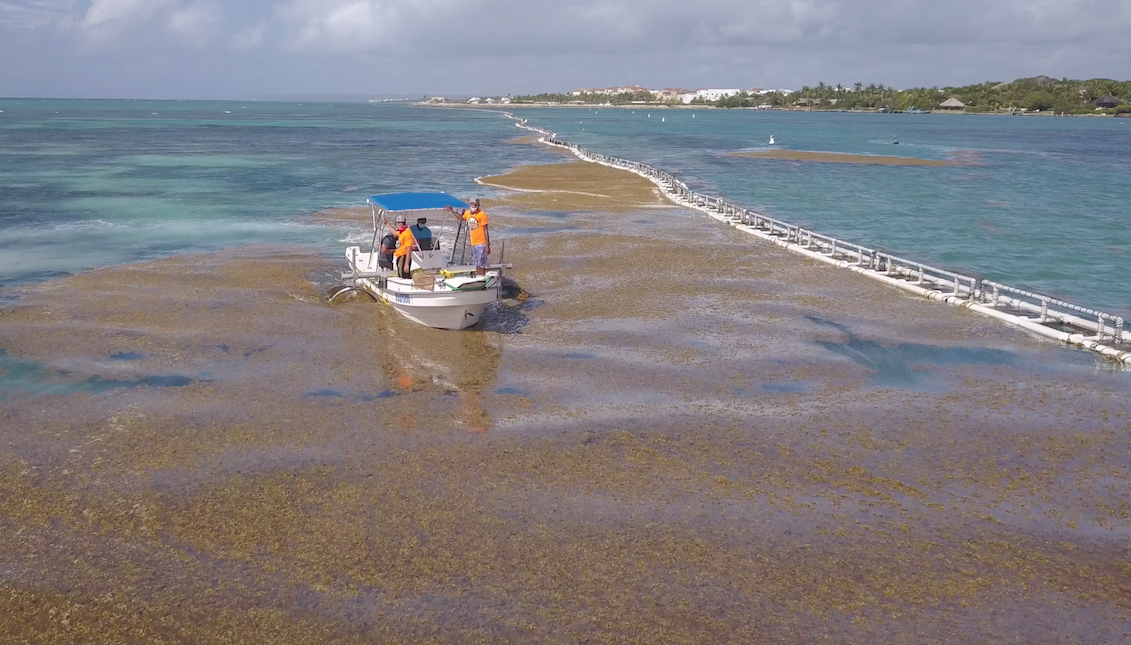
The new H-2B visa
On December 18, 2008, the U.S. Citizenship and Immigration Services (USCIS) submitted a Final Rule that will change the requirements affecting H-2B visas.
On December 18, 2008, the U.S. Citizenship and Immigration Services (USCIS) submitted a Final Rule that will change the requirements affecting H-2B beneficiaries and their employers. The H-2B nonagricultural temporary worker program allows U.S. employers to bring foreign nationals to the United States to fill temporary nonagricultural jobs for which there is a shortage of available U.S. workers. Key areas of reform covered in the Final Rule include:
Allowing H-2B petitioners to specify only the number of positions sought and not name the individual aliens except where an intended alien beneficiary is already present in the United States; or where an alien is from a country not eligible for participation in the H-2B program;
Reducing from six months to three months the time an H-2B worker who has spent three years in the United States must reside and be physically present outside the United States before he or she is eligible to re-obtain H-2B status;
Reducing the period of time spent outside the United States that interrupts accrual towards the 3-year maximum period of stay in H-2B status;
Prohibiting H-2B employers and recruiters from imposing certain fees on prospective H-2B workers as a condition of securing employment;
Requiring an approved temporary labor certification in connection with all H-2B petitions;
Beginning with petitions filed for workers for Fiscal Year 2010, prohibiting H-2B petitioners from requesting an employment start date on the Form I-129, “Petition for a Nonimmigrant Worker,” that is different than the date of need stated on the approved temporary labor certification;
Amending the definition of “temporary services or labor” to allow U.S. employers and eligible foreign workers the maximum flexibility to complete projects that could be for a specific one-time need of up to 3 years without demonstrating extraordinary circumstances;
Requiring employers to notify USCIS when H-2B workers fail to show up for work, complete the work more than 30 days early, are terminated, or abscond from the worksite;
Permitting the approval of H-2B petitions only for nationals of certain countries designated as participating countries by the Secretary of Homeland Security, in consultation with the Secretary of State, and appearing on a list to be published annually in the Federal Register. The initial list of participating countries designated as important to the operation of the program and to be published simultaneously with this Final Rule, includes Mexico, Jamaica, and 26 others. DHS may allow on a case-by-case basis a worker from a country not on the list to be eligible for the H-2B program if such participation is in the U.S. interest;
Delegating to the Department of Labor the statutory authority to impose certain administrative remedies and/or penalties where a substantial failure to meet any of the conditions of the H-2B petition or a willful misrepresentations of a material fact in such petition is found; and
Establishing a land-border exit system pilot program, which requires H-2B workers admitted through a port of entry participating in the pilot program to also depart through a participating port and to present designated biographic and/or biometric information upon departure.
It is important to note that these new regulations do not address the real problem with the H-2B worker program: the lack of availability of enough H-2B workers to meet the needs of U.S. employers. When Congress reconvenes under the new administration perhaps the issue of sufficient H-2B numbers will be reviewed and amended to finally reflect reality.









DEJE UN COMENTARIO:
¡Únete a la discusión! Deja un comentario.